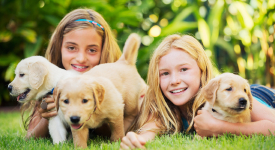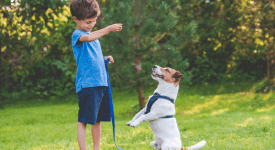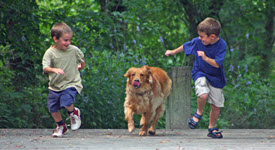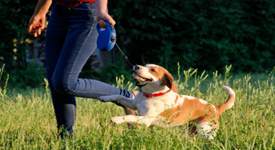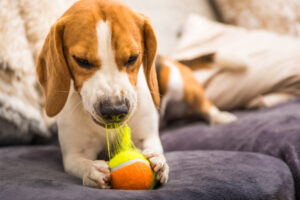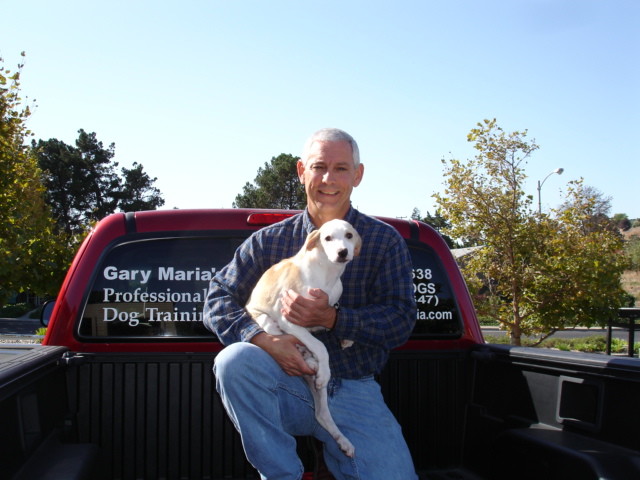While most of us have the best intentions for our companion pet dogs and puppies, it can be challenging to really know what a dog goes through or to “get into its head” so to speak.
Dogs give us plenty of signs but being a person and not a dog, means that many of these signs may go un-noticed or not understood for what they are.
In this article, I dive into a few key signs of poor dog training, so that you and your dog can develop a healthy relationship ensuring your dog is a loved member of your family. Remember your dog always wants to please. Let’s show it how.
Five Signs Your Dog Needs Professional Training
1. Your dog ignores your commands
To help this, you need to establish a leader-follower relationship with your dog. In a dog’s mind there is a leader and a follower. Once your dog knows that you are its leader, it will listen to your commands.
2. Your dog pulls on the leash when you are out
Your dog needs to learn how and when to check-in with you. When your dog checks in and pays attention to you, it won’t continue to pull on its leash.
3. Your dog barks excessively
Excessive barking can usually be attributed to fear, anxiety, and boredom.
Dogs need mental stimulation to be grounded and calm. Lack of mental stimulation is very stressful for a dog. To counter this, help your dog become more secure and reward calm behavior by teaching it a “quiet” command.
4. Your dog is destroying things and/or the house
A good method to help your dog stop destroying things is to make sure it’s getting enough exercise. Pent up energy can result in dogs destroying things or your house.
A dog may also be seeking attention if it feels that it’s ignored too much. Sometimes just showing your dog a little more attention and bonding can do wonders. Remember, our dogs want to please us so showing it how to please and do a good job is key.
5. Your dog jumps on you or other people
When a dog jumps on you or another person, it’s often to say hello or because the dog wants attention. If this happens, keep calm and don’t yell at the dog.
Instead, when the dog is back on the ground, reward it with a treat and a positive word like “yes” or “good dog”.
You can also train another behavior such as “sit” to your dog to help it get out of the habit of jumping on you or other people.
Always reward calm behavior and ignore erratic dog behavior. This helps ensure the dog doesn’t think jumping on you and others is okay.
